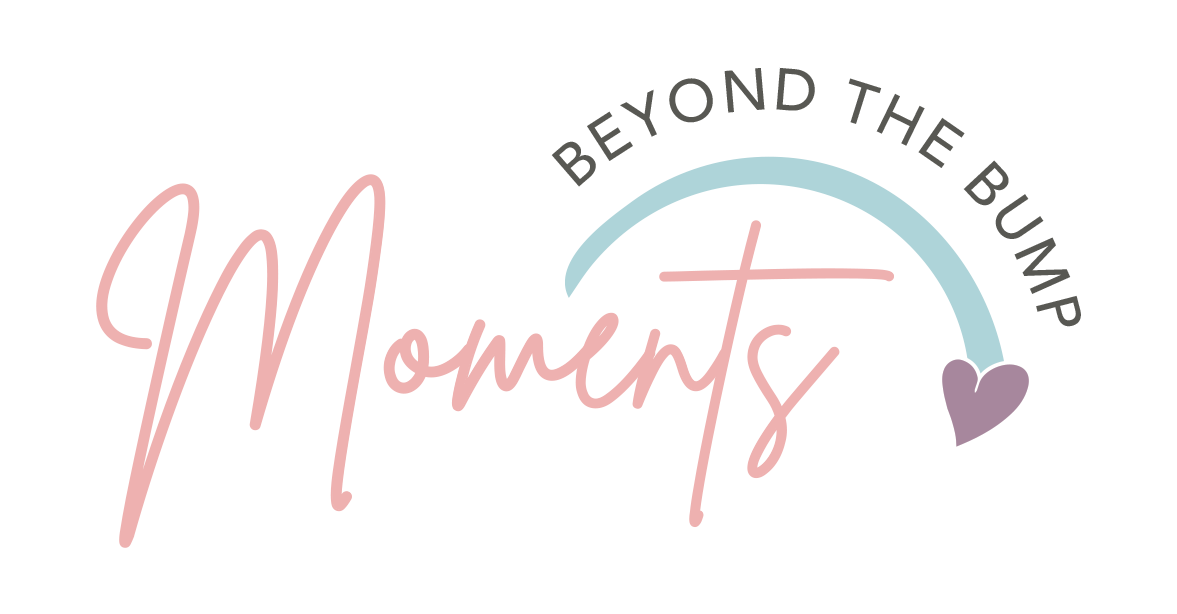Stress, Cortisol, and Crying
Many mama's that find me are nervous about crying... and who wouldn't be!
But let me share where this stigma about crying has come from.
Anytime a sleep consultant suggests sleep training is not harmful to the baby, we get people objecting that sleep trained babies continue to experience elevated cortisol and significant distress, even after they have stopped crying. In their view, sleep training teaches babies that crying does not help. They haven’t learned to self-soothe or to fall asleep on their own, they’ve simply given up.
What a heartbreaking thought. And one that surely strikes fear in the heart of many parents.
So it’s important to realize that this claim comes from a single small and deeply flawed study of 25 babies, led by Wendy Middlemiss.
Here is a typical example of how her study is described in the popular press:
“The researchers found high levels of cortisol, a stress hormone, in both the mothers and the babies during the times the babies were crying. After several days, the babies learned to go to sleep without crying. Researchers found that during these quiet nights, the mothers no longer had high cortisol levels but the babies’ cortisol levels remained high. They had merely learned to remain quiet while distressed.
The researchers noted that this was the first time the mothers and babies had not been in sync emotionally. The mothers no longer had high stress levels, not realizing that their babies were still just as upset.”
I can see how many parents would read something like this and swear off sleep training.
Here’s the truth, though: Nothing in her study supports these claims.
To see why, let’s start by briefly reviewing her study’s design:
Middlemiss studied 25 mother-infant pairs who were enrolled in a sleep training program at a local hospital. The babies ranged in age from 4 to 10 months.
Mothers spent the day at the hospital with their infants, helped prepare them for sleep at naptime and bedtime, and then retreated to a hallway outside the room where they could hear them, but their infants could no longer see them. The nurses put the infants down in their cribs and let them cry, without soothing, until they fell asleep. This process was repeated for 4 days.
On the 1st and 3rd nights of this program, Middlemiss measured the babies and mothers’ cortisol levels, a hormonal marker of stress. She tested their cortisol levels once right before bedtime and then again 20 minutes after the babies had fallen asleep.
Middlemiss and colleagues had no control group.
Without a group of control babies who were put to sleep by nurses in the hospital, but who did not experience sleep training, we cannot say whether sleep training affected infants’ cortisol levels, or whether something else about the program, like being put to sleep in an unfamiliar room in a hospital or being put to sleep by a stranger, affected infants’ cortisol levels.
They performed the wrong statistical analyses.
Middlemiss does not report a baseline cortisol level for the babies. We do not actually know whether infants’ cortisol levels were “high” or “low” or “normal”. She calls them high. But we have no way to know that they’re high; they stay constant throughout the study.
When Melinda Wenner Moyer, a reporter for Slate, asks why she calls their cortisol levels high, Middlemiss responds that she also assessed the babies’ cortisol levels while at home, and the levels were lower than at the hospital. But she never reports these baseline levels in her paper.
To anyone who has published a scientific paper, this is a baffling response. If you are drawing conclusions based on data you collected, you report that data. That’s the way it works.
They had huge amounts of missing data which they did not account for at all.
Look back how she describes her analyses. Do you see how the number of mothers and infants in each group changes from before and after sleep training? Consider the mothers’ cortisol data on the third night. The pre-sleep group includes cortisol samples from 17 of the 25 mothers. The post-sleep group includes cortisol samples from 12 of the 25 mothers.
This raises some questions: Are these 12 mothers a subset of the first 17? Or do these 12 include mothers not included in the before group? Middlemiss never tells us.
Now, missing a sample or two is not a huge deal, even in a relatively small study. Large studies can often handle significant amounts of missing data, provided data loss occurs more or less at random. But Middlemiss is missing samples from over half of the mothers on the third night!
At the very least, if you wanted to test whether the women’s cortisol has dropped after sleep training, you ought to compare the same mothers before and after the their infants fell asleep. But she does not do that.
So, was the babies’ cortisol high? I don’t know. Did the mothers’ cortisol drop? I don’t know. It’s impossible to tell from what she reports.
Her key findings relied on less than half of her original sample of 25.
Her entire argument boils down to 10 mother-infant pairs. That’s too small of a number to tell much of anything. To see why, note that if she found a correlation of .422 in her entire sample of 25 mother-infant pairs, it would have been significantly different from zero–meaning her whole argument rests not just on the wrong analysis but on a lack of statistical power.
These are not minor, nitpicky problems. These are major, glaring problems that make interpretation of her findings impossible.
Warning women against sleep training on the basis of this study is absurd. This study should never have been published, at least not in its current form.
